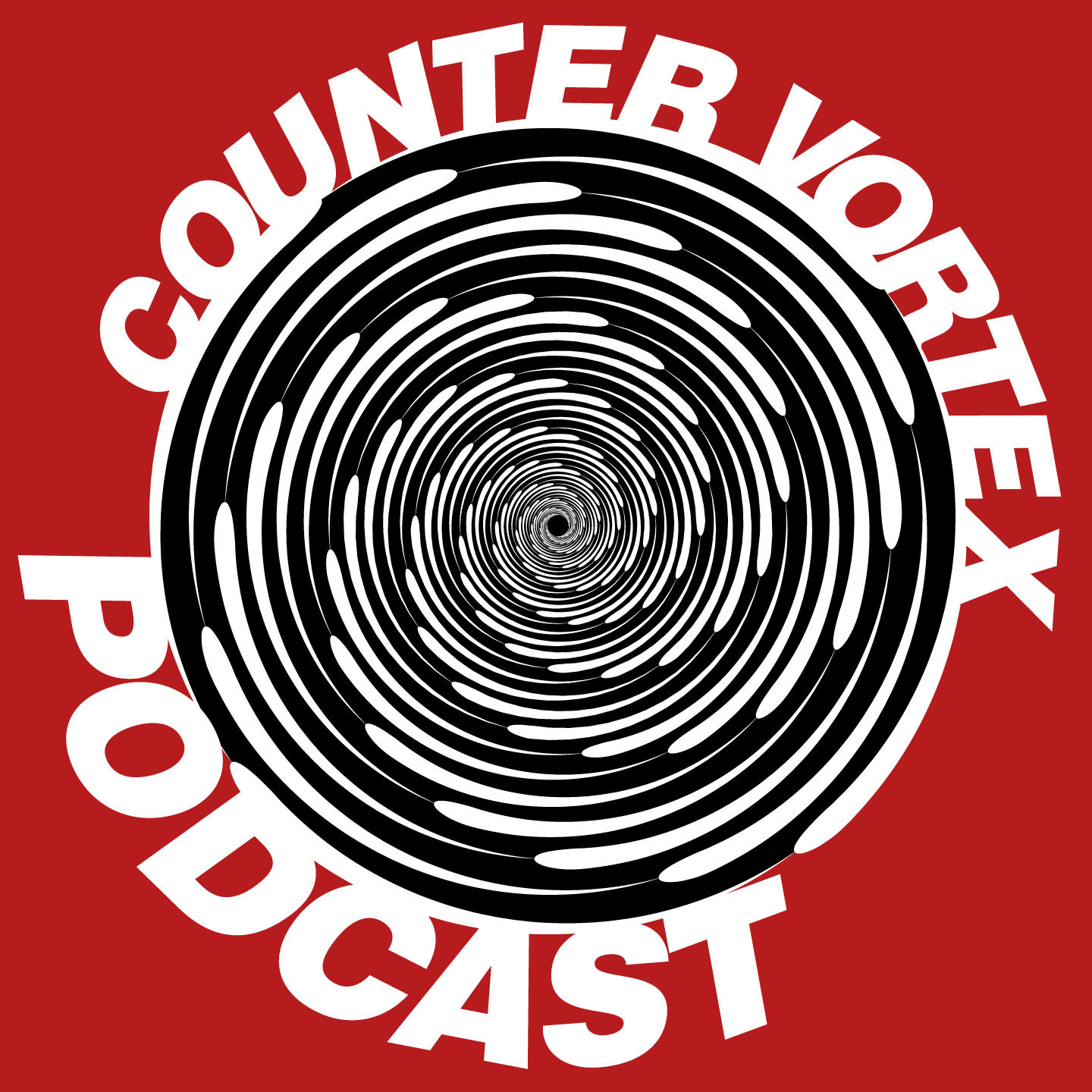IS MEXICO FAILING TO PROTECT JOURNALISTS?
Anabel Hernández Thinks So, and Fears for Her Life
by Jason McGahan, Vice
Anabel Hernández is one of the most decorated journalists in Mexico, and currently reports for the weekly news magazine Proceso and the online magazine Reporte Indigo. She’s been on the radar of the most powerful corrupt law enforcement officials in the country since at least 2008, when she published her first expose on Genaro García Luna, the head of Mexico’s equivalent of the FBI and then-president Felipe Calderón’s right-hand man in the drug war. She revealed he owned lavish homes and vast amounts of property that far exceeded what could be bought with the salary of a humble public servant. She followed that up, in 2010, with Los Senores del Narco, a 588-page history of the Mexican drug mafia that exposed, in exhaustive detail, the crimes of García Luna and his inner circle of corrupt officials. (That book is being translated into English by Verso Press and will be available in September under the title Narcoland: The Mexican Drug Lords and Their Godfathers.) Sources in the federal police warned her soon afterward that Mexico’s top cop was plotting to have her murdered and make it look like an accident.
Continue ReadingIS MEXICO FAILING TO PROTECT JOURNALISTS?

